Growth in Robotics and Automation
The Micromotors Market is significantly influenced by the rapid advancements in robotics and automation technologies. Industries such as manufacturing, healthcare, and logistics are increasingly adopting robotic solutions to enhance productivity and efficiency. In 2025, the robotics sector is expected to witness a compound annual growth rate of around 10%, which directly correlates with the demand for micromotors. These components are essential for precise movements and control in robotic applications, making them indispensable in modern automation systems. Furthermore, the integration of micromotors in robotic arms, drones, and autonomous vehicles underscores their critical role in the evolution of smart technologies. As the trend towards automation continues, the Micromotors Market is poised for substantial growth, driven by the need for high-performance, reliable micromotors that can meet the demands of sophisticated robotic systems.
Rising Demand for Consumer Electronics
The Micromotors Market is experiencing a surge in demand driven by the proliferation of consumer electronics. As devices become more compact and feature-rich, the need for smaller, efficient micromotors has intensified. In 2025, the consumer electronics sector is projected to account for a substantial share of the micromotors market, with estimates suggesting a growth rate of approximately 8% annually. This trend is particularly evident in smartphones, wearables, and home automation devices, where micromotors play a crucial role in enhancing functionality and user experience. The integration of micromotors in these products not only improves performance but also contributes to energy efficiency, aligning with consumer preferences for sustainable technology. As manufacturers continue to innovate, the Micromotors Market is likely to expand further, driven by the relentless pursuit of miniaturization and enhanced capabilities.
Increased Focus on Renewable Energy Solutions
The Micromotors Market is witnessing a notable shift towards renewable energy solutions, which is driving demand for efficient micromotors. As the world increasingly prioritizes sustainability, the integration of micromotors in renewable energy applications, such as wind turbines and solar tracking systems, is becoming more prevalent. In 2025, the renewable energy sector is projected to grow at a rate of approximately 9%, creating a favorable environment for micromotor manufacturers. These components are essential for optimizing energy conversion and enhancing the efficiency of renewable systems. The growing emphasis on reducing carbon footprints and improving energy efficiency aligns with the capabilities of micromotors, which are designed to operate with minimal energy consumption. Consequently, the Micromotors Market is likely to benefit from this trend, as more industries seek to incorporate sustainable practices into their operations.
Technological Advancements in Medical Devices
The Micromotors Market is significantly impacted by technological advancements in medical devices, which are increasingly incorporating micromotors for enhanced functionality. The healthcare sector is evolving rapidly, with innovations in surgical instruments, diagnostic equipment, and rehabilitation devices. In 2025, the medical device market is anticipated to grow at a rate of around 7%, with micromotors playing a pivotal role in this expansion. These components enable precise movements in minimally invasive surgeries and improve the accuracy of diagnostic tools. As the demand for advanced medical technologies rises, the need for reliable and efficient micromotors becomes paramount. The integration of micromotors in medical applications not only enhances patient outcomes but also aligns with the industry's focus on improving operational efficiency. Thus, the Micromotors Market is expected to thrive as healthcare providers increasingly adopt innovative solutions.
Emerging Applications in Aerospace and Defense
The Micromotors Market is experiencing growth due to emerging applications in the aerospace and defense sectors. As these industries seek to enhance performance and reliability, the demand for advanced micromotors is on the rise. In 2025, the aerospace sector is projected to grow at a rate of approximately 6%, driven by innovations in aircraft design and unmanned aerial vehicles. Micromotors are essential for various applications, including control surfaces, landing gear mechanisms, and sensor systems. Their ability to provide precise control and operate in challenging environments makes them invaluable in aerospace applications. Additionally, the defense sector's focus on developing advanced systems and technologies further propels the demand for micromotors. As the Micromotors Market adapts to these emerging needs, it is likely to witness sustained growth, fueled by the increasing complexity and sophistication of aerospace and defense technologies.
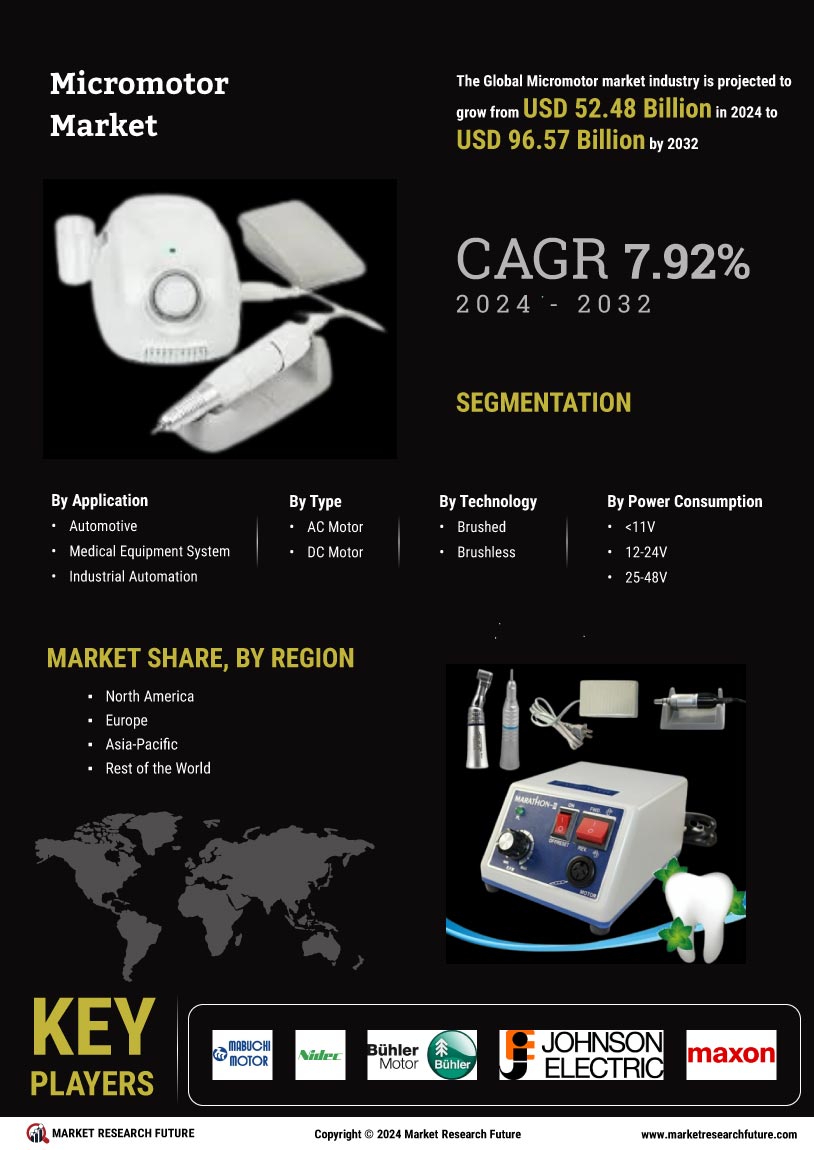

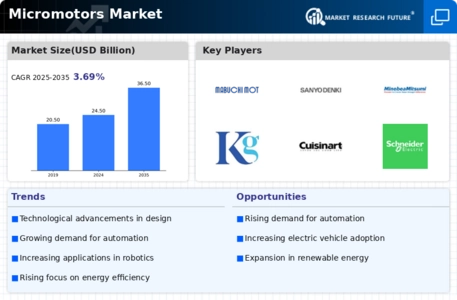


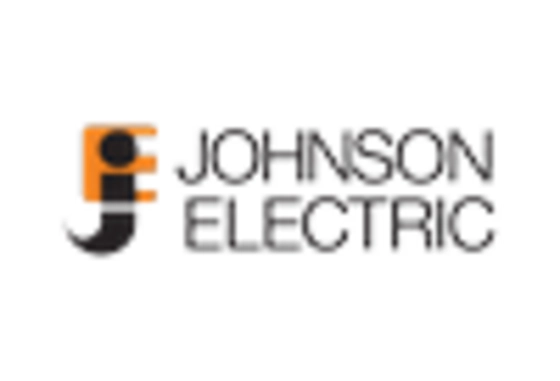
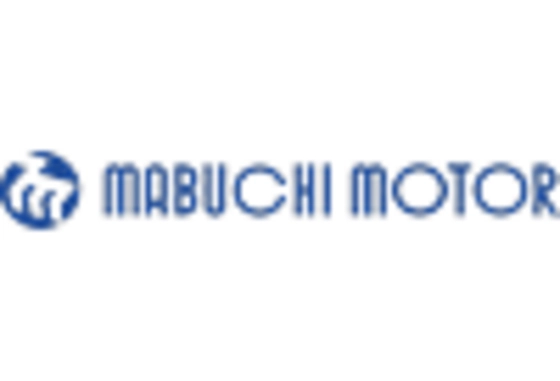

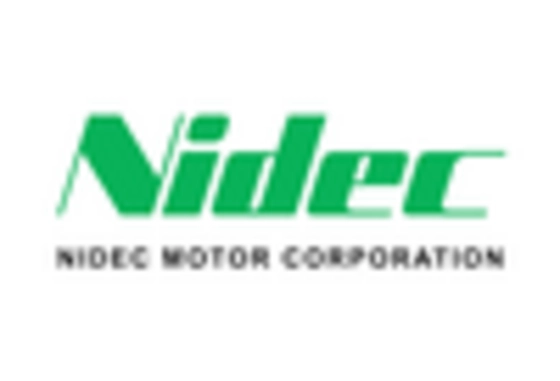









Leave a Comment